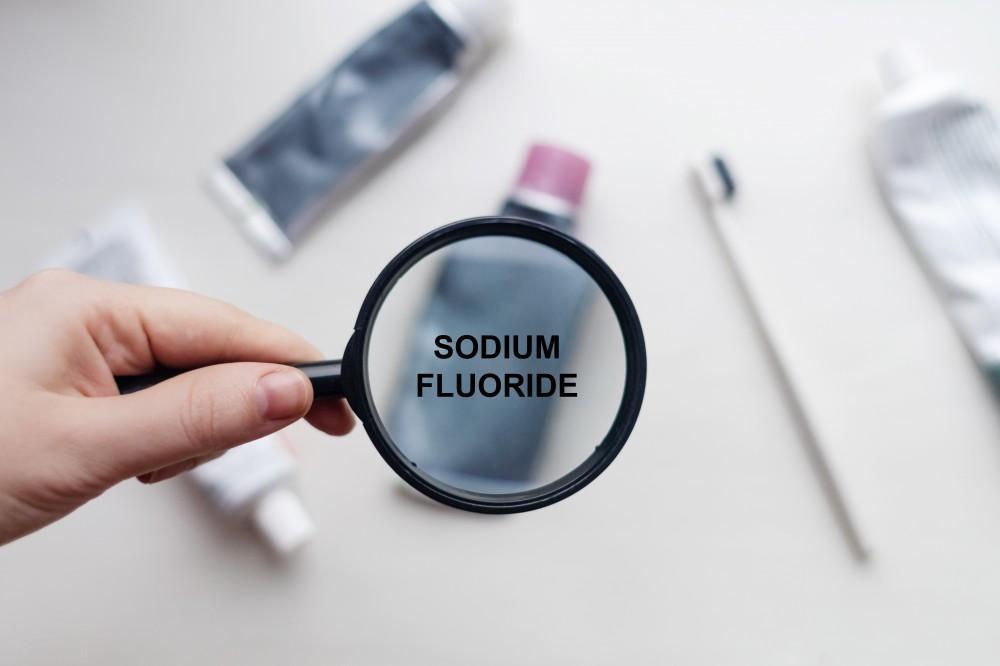
A Closer Look at the Progression of Tooth Decay

It isn’t an exaggeration that maintaining an excellent, consistent oral hygiene practice is one of the most important things you can do to not only ensure your oral health, but your overall health.
We now know that oral health impacts overall well-being significantly, which makes daily brushing and flossing even more pivotal.
The caring dental team at Expressions in Dentistry is here to support you in your journey to the healthiest mouth possible, and that always starts with doing all you can to avoid tooth decay. Your visits to us are not just for treatment, but for dialogue and education.
Though the field of dentistry changes every day, some things remain tried and true, such as how you and your dentist can form a “dynamic duo” to combat decay. Whether you see Dr. Ludlow, Dr. Rubenstein, or Dr. Antonioni, you can trust that you’re in the best hands here.
How does tooth decay start, and how does it advance?
Like most things, decay starts mildly enough, but when it snowballs, the effects can be devastating. But how does it begin? Let’s take a look.
First of all, it’s important to note that a common result of decay — a cavity — is something that affects most people. In fact, by the time you reach your mid-30s, 80% of people have at least one cavity.
Decay has the potential to start every time you eat, since whenever you enjoy a starchy or sugary food or drink, the bacteria that live in your mouth feed on them. They are then converted into acids. When a blend of acids, bacteria, food, and saliva converge, sticky plaque develops, which starts to coat your teeth.
Brushing and flossing removes this plaque, but if you don’t brush twice per day and floss once a day, the plaque accumulates on your teeth, and the acid from it starts to eat away at the protective enamel on your teeth.
From this starting point, there are five stages of decay that you should be aware of:
- Demineralization occurs when the minerals in your enamel start breaking down because of the effects of plaque. You may notice the emergence of small white dots on your teeth.
- Enamel decay leads to a cavity, or an actual hole in your tooth. Visually, white spots that started as demineralization take on a brownish tinge.
- Dentin, which is the softer layer of your tooth that lies below your enamel, is the next thing to suffer damage from decay. You may start to notice sensitivity in your tooth, and those brown spots may darken. It’s at this point that cavity development accelerates.
- Pulp damage comes next. Your pulp is your tooth’s innermost layer. Pulp contains blood vessels and nerves that deliver nutrients to your teeth to keep them alive. It is at this point that you feel pain from decay. This is also when you could notice gum redness and swelling, and the dark spot on your tooth can turn black.
- The final stage of decay is the most painful — an abscess, which occurs when a severe cavity leads to infection. A pus-filled sac develops at the root of your tooth (a periapical abscess), and your pain extends to your face or jaw from your tooth. Your face and the lymph nodes in your neck may also swell.
This is quite a dangerous stage, since this infection is now at risk of spreading to your surrounding tissues and even other parts of your body. Frighteningly, sepsis can also occur if the infection enters your bloodstream. This is life-threatening.
Cavities aren’t the only negative result of untreated tooth decay
We’ve talked about the development of cavities in relation to tooth decay, but quite a few other serious conditions also stem from worsening decay, including:
- Periodontal disease, which can lead to bone and tooth loss
- A weakened immune system
- Heart disease
- Stroke
Decay that leads to severe gum disease has also been associated with preterm births and babies being born at a lower weight, as well as osteoporosis. Additionally, if you live with diabetes, you’re at higher risk for decay since your saliva contains more sugar.
The good news is that maintaining good oral health is not complex or difficult. You simply need to do your part with daily brushing and flossing, and keep going to the dentist for regular checkups and professional cleanings.
We can also counsel you on proper brushing and flossing techniques, as well as the best tools for your needs. This allows us to catch any problems early and for any decay to be halted.
Call Expressions in Dentistry at 916-983-6767 to set up an appointment for a consultation or cleaning, or book one online.
You Might Also Enjoy...


When Is a Toothache an Emergency?
Why Are My Teeth Turning Yellow With Good Dental Hygiene?

Will I Need a Crown After My Root Canal Treatment?

Got Gingivitis? Take These Early Steps to Reverse Gum Disease

